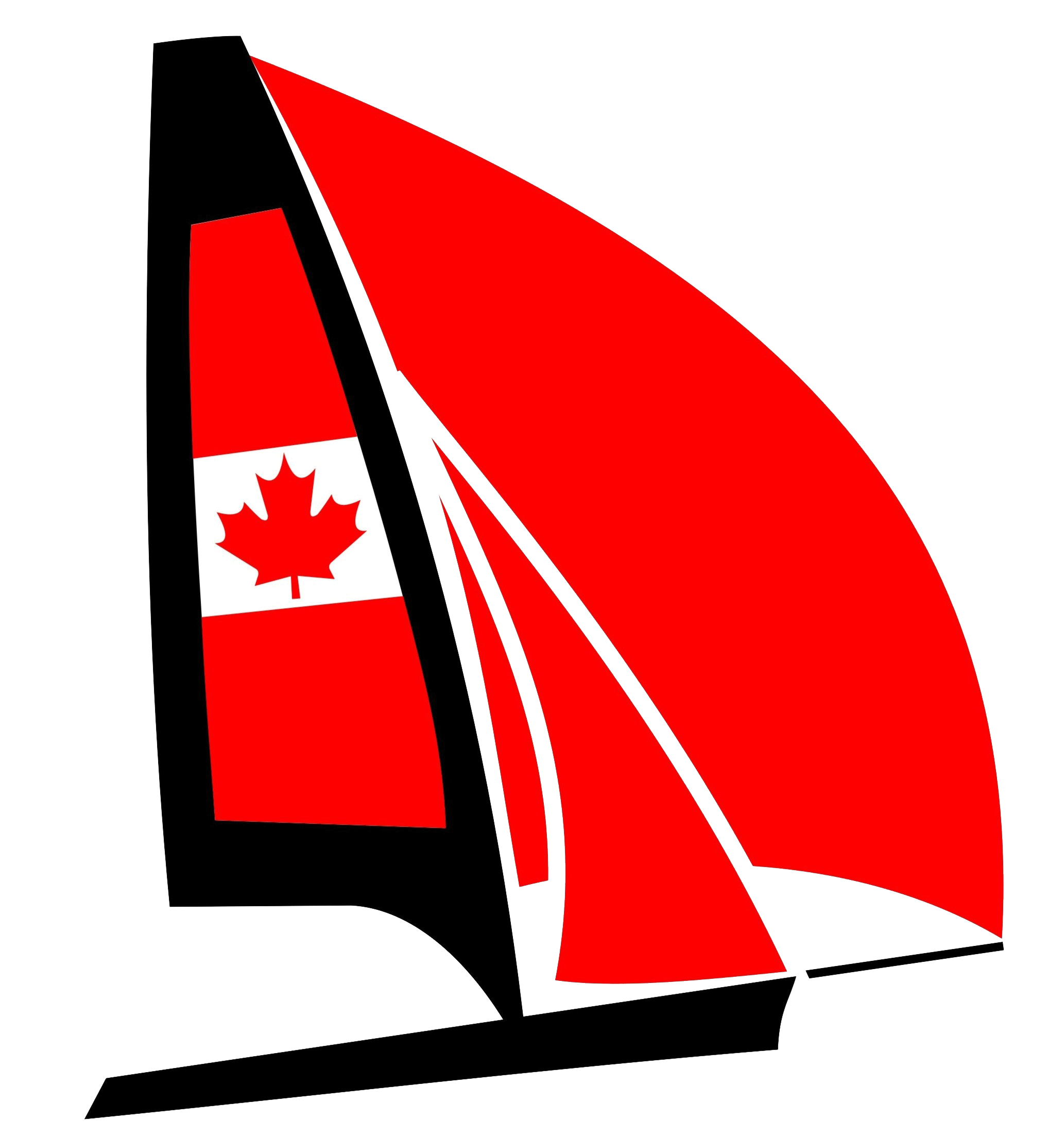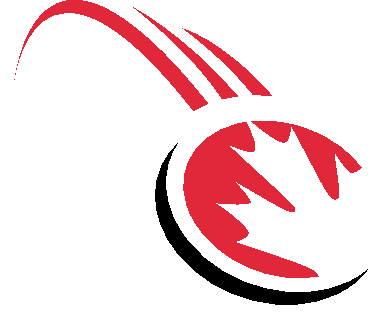Effective Training
- SPIN Sailing
- Jan 7, 2019
- 4 min read

For most sailors, training makes up over ninety percent of the time spent sailing. Whether you are a beer-can warrior where each weeknight race is your opportunity to learn or a full-time Olympic hopeful practicing over 250 days per year, training is the ultimate key to improving your skills. Making sure you have effective and efficient training not only increases the learning curve, but ensure that you are practicing the correct details to improve. Improvement is not just important for athletes; developing your skills and seeing improvement is always an enjoyable feeling. For this article, we’ll look over some details that make up effective and efficient training.
Eliminate variables
Sailing is one of the most detailed and complicated sports. With thousands of variables, this creates many opportunity for mistakes and ill-preparation. While certain variables such as the wind, race committee and competitor decisions cannot be controlled, it is important to recognize and address the details that are within the sailors reach. Many variables that exist in racing also apply to training sessions. Things like boat preparation to prevent gear failure are important issues when training as much as when racing. Having effective equipment will more closely simulate racing conditions (ei. Quality sails changing the angle and speed at which the boat sails) or prevent gear failure resulting in potentially detrimental lose of training time (ei. Breaking a shroud and snapping a mast due to overuse). Other variables such as proper hydration, nutrition, and rest can significantly affect one's performance; ensuring that you are well hydrated, properly nourished, and ideally well rested from the last session will not only allow you to focus for longer and maximize training time, but keeps you fully engaged to retain all the important ideas/techniques that training is meant to develop.
Have a plan
While practice is the key to improvement, it is only effective to improving your racing when you are addressing the right things. Knowing your strengths and weaknesses are an important part of having successful practice; there is no sense in dedicating significant time to a skill that is your strongest or superior to the fleet as it won’t negate the mistakes your weaknesses are creating. Identifying where you are giving up positions during racing is a good way to isolate which areas need the most attention. Things like having a coach that can identify this makes it much easier, but it can also be done by the sailors themselves; have a list of all the areas/skills of racing and go through each, rating your perceived ability. Also simply counting boats passing you or you passing boats during certain points in races can highlight certain issues/strengths.
Not only is it important to know what areas you would like to improve, but you should have a general plan of attack on how you will approach the issues. First, going through your schedule and allocating time to each area will ensure you touch on each detail before your next competition and won’t get hung up on practicing one skill for too long. Second and more importantly, create a plan for each day of training. This should be based off of what target areas need to be addressed, what the days’ conditions bring, and what training opportunities are available (ei. Do you have a coach with you, can you set a course, are there other boats around?). Setting and sticking to a plan makes sure you are practicing the right details and not just going out for a sail or chasing other training opportunities which are not beneficial for yourself.
Be Specific
Specificity goes along with setting a plan in many ways; having a timeline for your plan and addressing the correct, specific goals are all part of both specificity and planning. There are two main points in your training that you should be specific with to help improve your rate of progress: goal setting and drills. Setting specific goals along with your plan gives you a timeline and point to aim for with you skills. Specifying very particular parts of your racing and setting goals to that will give you an objective outlook at your improvement, rather than simply looking at change in results. Because of how many variables there are, it is hard to correlate racing results to improvement in a certain area, so having these specific process/skill based goals give you a better outlook on your improvement. The second part of specificity is being sure to address the specific area of training. The most efficient way is to set up drills that target each detail. It again eliminates variability so you are practicing the desired skill, as well as increases repetition to more quickly improve and solidify changes. This can also be brought into practice racing; setting specific goals for the race and target that area instead of sailing to win will ensure you are practicing the right details.

Conclusion
Because training takes up the majority of sailing and most sports, it is just as important to be prepared for each session as it is for racing. Training is the time to improve your skills, and with certain techniques and ideas you can ensure you are developing and fast-tracking the process. Setting a plan and being specific will guarantee you are addressing the right details in a proper fashion, and eliminating variables will maximize your efforts and time on the water. All these ideas will help improve your training and skills, one of the most rewarding parts of any sport. With so much time dedicated to practice, executing it in an efficient fashion will help progress and most importantly create an enjoyable environment.










Comments